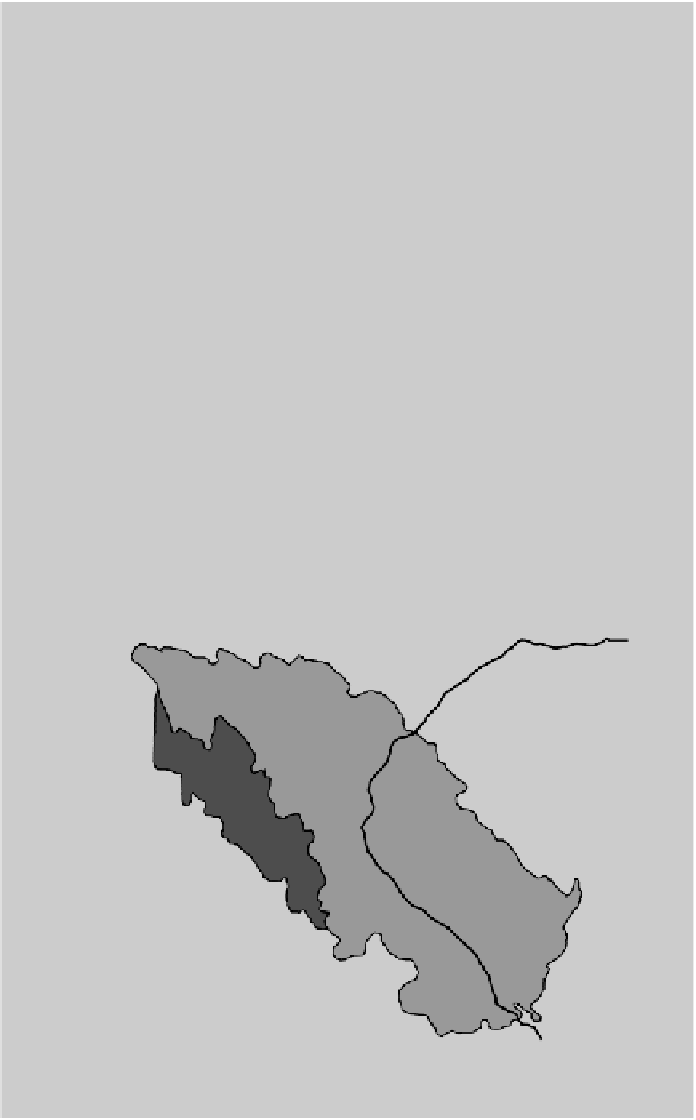Travel Reference
In-Depth Information
Case Study: Ecological Impact on Trails within Mount
Robson Provincial Park, Canada
Past research has suggested that the ecological impacts on trails is often
related to levels of use within the early periods of usage (Sun & Liddle,
1993) or that it is a result of site-specific environmental conditions and
management (Leung & Marion, 2000). Nepal and Way (2007a, 2007b) under-
took research on two backcountry trails in Mount Robson Provincial Park,
in British Columbia, Canada. The park is a late addition to the Canadian
Rocky Mountains Park (CRMP) World Heritage Site (WHS). Initially the
CRMP WHS was UNESCO listed in 1984, with Mount Robson Provincial
Park and others added in 1990. The park borders Jasper National Park on
the east (Figure 5.2) and is known for beautiful nature (mountain land-
scapes, lakes and glaciers), geological features (canyons and limestone
caves) and ecological significance (alpine tundra vegetation and the habitat
of rare and endangered plant species). Nepal and Way (2007a) note that the
park consists of four vegetation zones: interior cedar-hemlock (ICH), sub-
boreal spruce (SBSS), Engelmann spruce-subalpine fir (ESSF) and alpine
tundra (AT).
Mount Robson Provincial Park (MRPP) was established in 1913 and
became popular among local recreationists as a backcountry hiking des-
tination; in the same year a local Jasper outfitter built a recreational trail
along the Robson River, known as Berg Lake Trail. It would later become
Hinton
Devona
Croydon
ALBERTA
Jasper
16
Valemount
Mount Robson
Provincial Park
Jasper
National Park
Albreda
93
BRITISH COLUMBIA
DJT
Figure 5.2
Mount Robson Provincial Park as part of the Canadian Rocky Mountains
World Heritage Site














Search WWH ::

Custom Search